Everyone knows that the prettiest insects are bright colorful butterflies, and that their cousins the moths are dull and boring, right? Wrong! There are some butterflies with plain brown wings, and some moths whose wings sparkle with every color of the rainbow. So how do you tell the difference? Fun Fact 1: Moths and butterflies
Everyone knows that the prettiest insects are bright colorful butterflies, and that their cousins the moths are dull and boring, right? Wrong! There are some butterflies with plain brown wings, and some moths whose wings sparkle with every color of the rainbow. So how do you tell the difference?
Fun Fact 1:
Moths and butterflies have different antennae
Moths have two kinds of antennae: one kind is long and thin, and the other is shorter and bushy, as if the moth has two big feathers stuck to its head. Butterflies only have one kind of antennae: long and thin, but with a knob or a ball on the end.
Fun Fact 2: Pupa protection
Imagine that halfway through growing up, you have to rearrange your entire body, grow new limbs, and learn to fly. That’s what life is like for moths and butterflies. They start life as a larvae, or caterpillar, and spend most of that time eating leaves and growing big and fat. Then, when they’re ready to change, they become a pupa and their entire bodies shift around into their final form: a moth or a butterfly.
Moths and butterflies, like all insects, have an exoskeleton. This means that the hard part of their body that give them their shape isn’t on the inside, like our skeleton is. It’s on the outside. When butterflies go through their pupa stage, their exoskeleton forms into a solid shell called a chrysalis. This usually hangs underneath leaves, glued there by threads of silk that the caterpillar made just before it changed into its pupa stage.
Moth caterpillars make silk too, but they don’t just use it to glue themselves to leaves. Instead of forming a chrysalis, moths will spin an entire cocoon of silk around themselves and go through their pupa change inside its fluffy protection.
So butterflies make a hard chrysalis, and moths spin a fuzzy cocoon.
Fun Fact 3:
To spread or not to spread
Still not sure if you’re looking at a moth or a butterfly? Then take a look at its wings when it comes to rest. Moths rest with their wings stretched out, but butterflies rest with their wings folded up.
Use these fun facts, and figuring out whether you have a moth or a butterfly should be as easy as 1-2-3!
Some more fun facts about moths and butterflies:
Moths and butterflies like salt, and there is one kind of moth from Madagascar with an extra-long mouth to let it drink the tears of sleeping birds at night!
Silk that we wear comes from the cocoons made by the caterpillars of silk moths. The cocoons are boiled to dissolve the glue that holds them together, and slowly unravelled into one long, thin thread!
Monarch butterflies are some of the best travellers in the world. Every year they travel from their summer grounds in North America to their winter homes in Mexico and back again. Some have even been found to have crossed the Atlantic ocean!
Post by Sarah







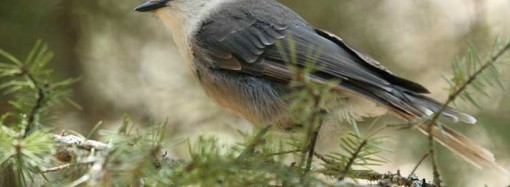








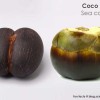











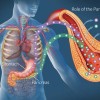





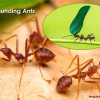










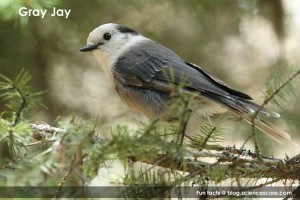
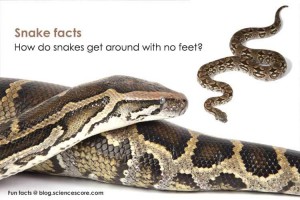
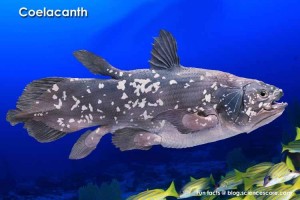
Leave a Reply